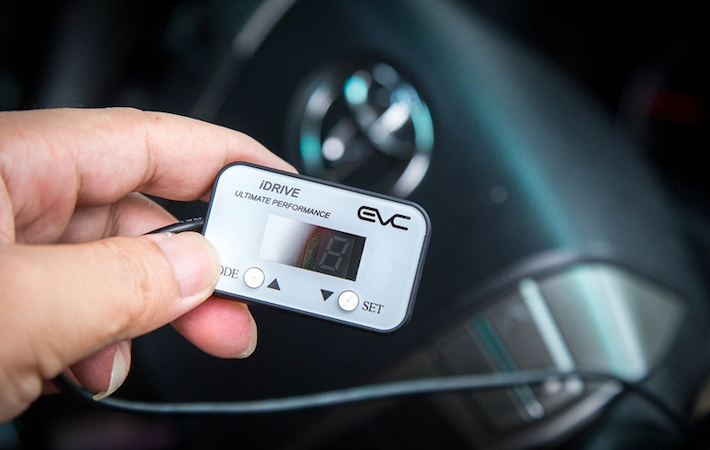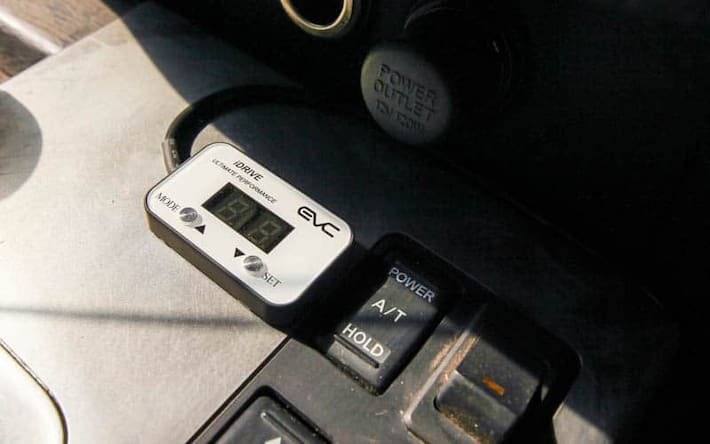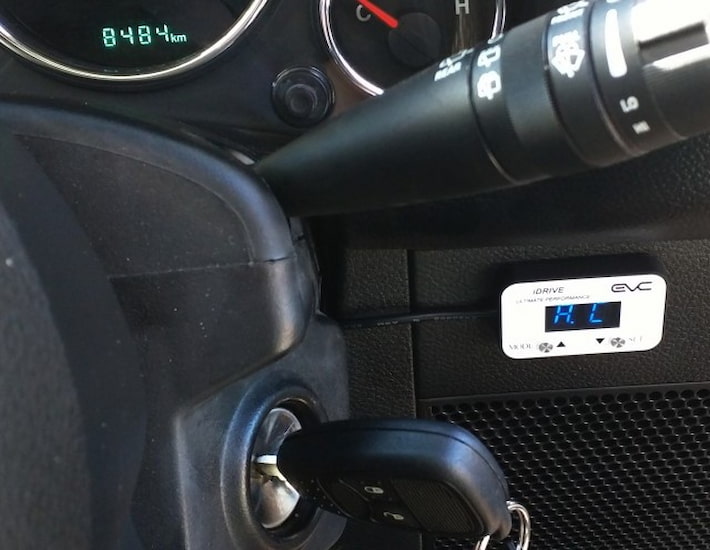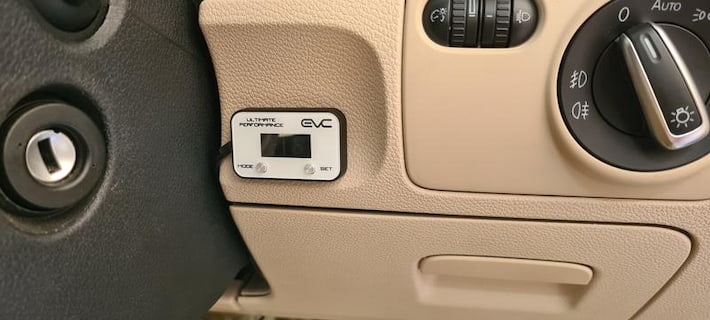The Corolla is an amazing vehicle that has seen tons of usage throughout the world. It’s often considered a standard on which other vehicles are being measured, but that doesn’t mean you wouldn’t want to improve that already amazing driving experience even further. One of the best ways to do that is by installing an electric throttle controller, which is definitely a great modification for any vehicle, especially the Toyota Corolla. I’ve already talked about installing a throttle controller on your Jeep, so now it’s only fitting that I also talk about doing the same with the Toyota Corolla.
Do Throttle Controllers work as Intended?

There is one misconception about throttle controllers that people need to understand before installing one in their Corolla, and that’s that throttle controllers don’t simply give extra horsepower to the vehicle. What they actually do is significantly increase the responsiveness of the throttle pedal by properly matching your foot pressure into torque. Furthermore, you’re able to fine-tune the settings of the throttle controller so that you can use it to its full potential in different situations and locations. Sometimes, you might need a sharp boost, while sometimes, you might want the torque to be smoothened out. In any case, throttle controllers offer much more than an imperceptible boost to your driving experience. In short, using a Toyota Corolla electronic throttle control is amazing for a lot of reasons.
How Does it Work Exactly
The basic idea behind the throttle controller is that it somewhat takes over the job of the pedal, which is to translate your foot pressure into actual torque. That means it sends requests to the car’s engine control unit in order to change the time or pedal movement it takes to reach wide open throttle. Most manufacturers program the pedal to reach wide open throttle after two seconds, which is done to prevent jerkiness and harshness, but the cost is performance and acceleration. The throttle controller intercepts this signal and substitutes it with its own full signal so that there will be no delay between foot pressure and acceleration.

Advantages
There are plenty of advantages when it comes to installing a throttle controller on your Corolla. Some are more obvious that you’re going to instantly notice, while others can be more subtle. In any case, installing one is advantageous, even for an already-amazing vehicle such as the Toyota Corolla.
Sharp Controls
As previously mentioned, almost all vehicles have a delay between pressing the pedal and actually accelerating. While that might be a design choice for many vehicles, it can definitely be very off-putting, especially if you’re used to being in full control of your vehicle. The throttle controller receives all of the available data on the vehicle at the moment, then calculates the ideal opening degree, which afterwards translates to controlling the throttle valve so you can achieve the correct opening angle. In short, that means you’ll be getting exactly as much torque as you press the pedal, but without putting any additional stress on your vehicle.

Better Emissions
Emissions have always been a problem, and they’re most likely not going away. That’s why we have new standards continually being introduced so that we can collectively keep those engine emissions as low as possible. With throttle controllers, you get a much more effective air to fuel ratio, which means the entire combustion process is more streamlined and efficient, thus leading to lower engine emissions overall. Even when idle, the controller regulates the combustion which leads to lower emissions even then. Overall, throttle controllers are among the best ways to keep engine emissions as low as possible.
Reliability
The Toyota Corolla is absolutely an amazing and reliable vehicle. However, a lot of people would still want to improve the reliability as much as possible because that is the point of such a vehicle, making it as reliable as possible. The humble throttle controller is a sure way to do that because you’ll always be sure it’s working as intended. That’s a huge part of its redundancy design, which includes two different sensors that recognise each other. This two-sensor system allows the system to continue functioning even when there’s a malfunction, of which you’ll be immediately told by the system itself. That means you’ll never have to worry about the throttle controller stopping its function even if you have to service it.
Modes of Driving

One of the best things about being a throttle controller user is that you’ll be able to customise it as much as you want. That’s because throttle controllers can be customised with different driving modes, each of which has its own place and function. Typically, throttle controllers come with a set of standard modes, which are normal, power, and show modes. However, with most controllers, you can take that one step further and create your own modes for situations when you need the Corolla operating differently.
Failsafes
No complex mechanism is truly failure-free, including throttle controllers. However, they are designed to withstand several different types of catastrophic failures so that your car will have no damage whatsoever. The first failsafe is the two-sensor system, which allows the Corolla to continue operating even with one sensor. This prevents total system shutdown in pretty much all cases unless there is some other catastrophe going on under the hood. Also, in theory, there can be outside interference that might potentially cause your throttle controller to malfunction, but all manufacturers take this into account and plan accordingly. That’s why they come equipped with extensive electromagnetic protection. Throttle controllers might not be failure-free, but they sure are equipped to protect your car in the event of any type of failure.



